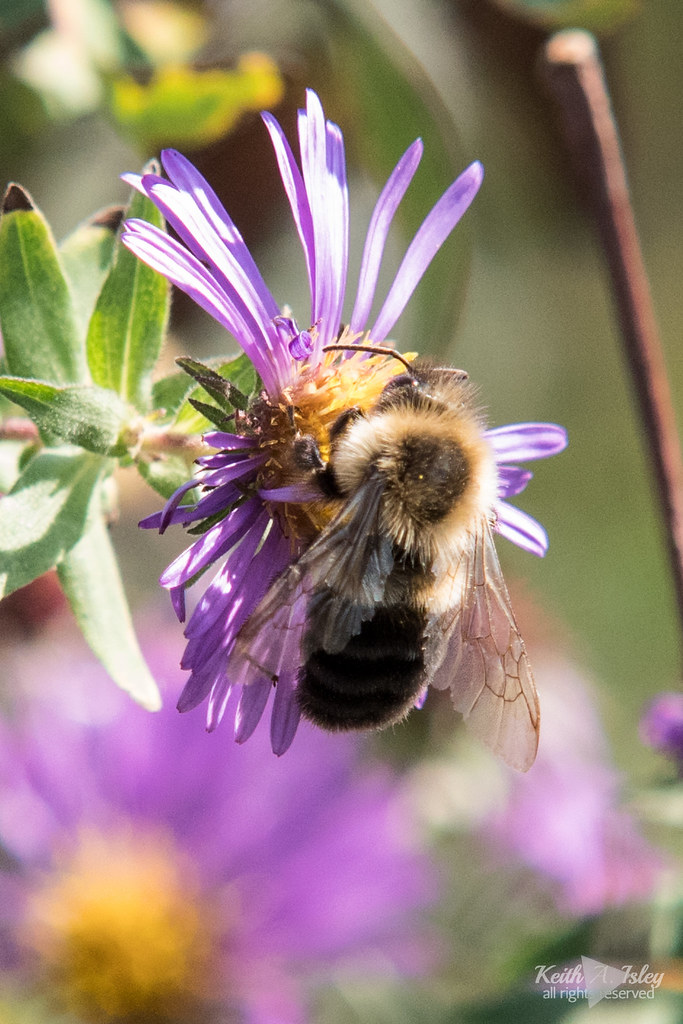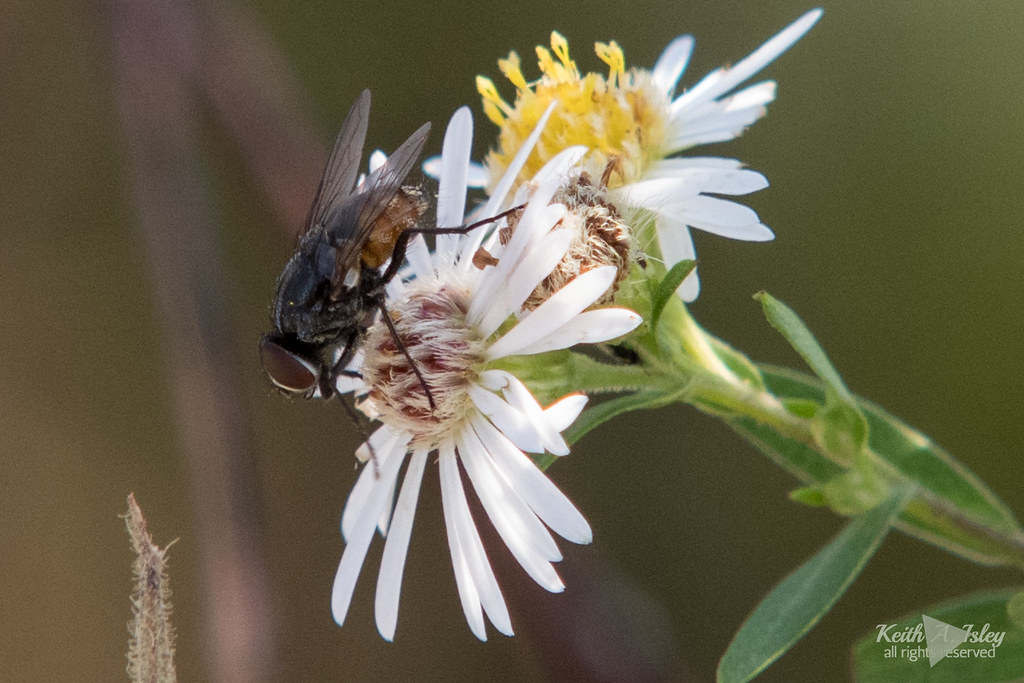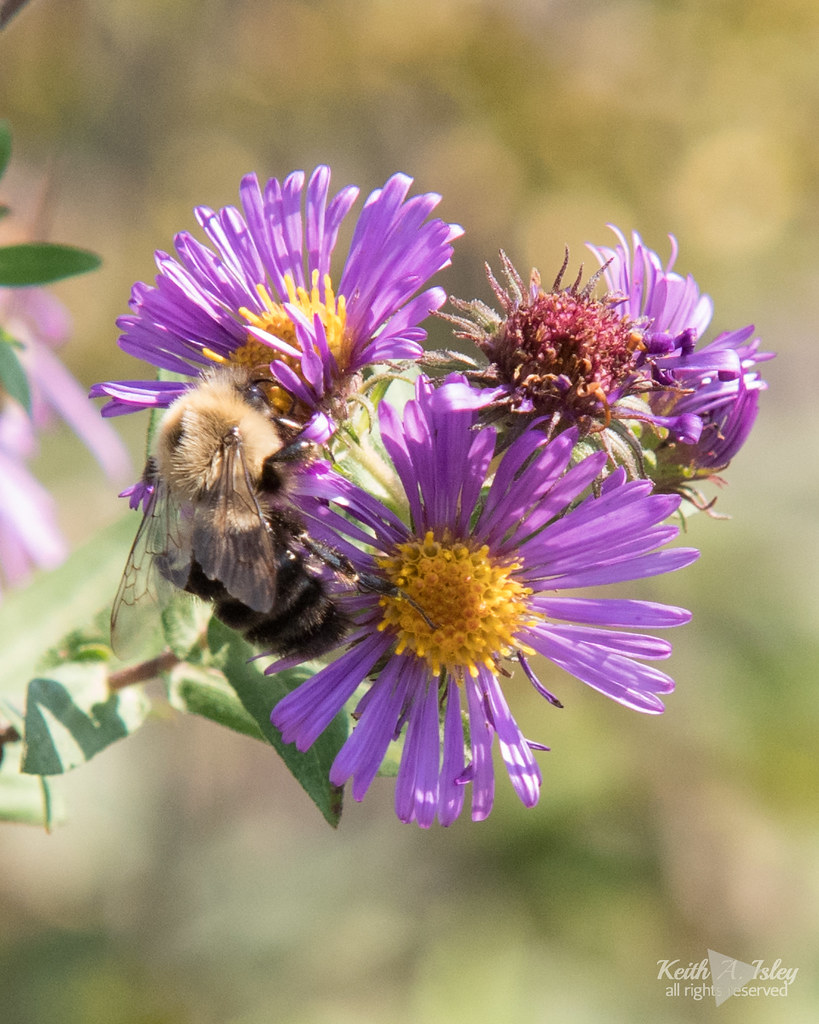 Originally posted by Aslyfox
Originally posted by Aslyfox 
That's a great link! I have a book called
North American Prairie (Weaver) that includes some of the earliest excavations of prairie plant root masses and tap roots, though those are in B&W. Another question is how older are some of these plants. Some scientists speculate that in virgin prairie remnants some grass clumps could be many scores of years old or even hundreds of years old.
While the sticky prairie soil could be plowed with teams of horses, once the steel moldboard plow was developed, originally, it took large teams of oxen to plow virgin prairie in many places. Horses and mules were not strong enough. The strength of the roots are also commemorated in at least one prairie plant's common name -- Lead plant, was also known as Prairie Shoestring. Imagine trying to plow or dig through soil filled with a mass of shoestrings?


 Similar Threads
Similar Threads 
 )
)














 Post #9 by goatsNdonkey
Post #9 by goatsNdonkey








